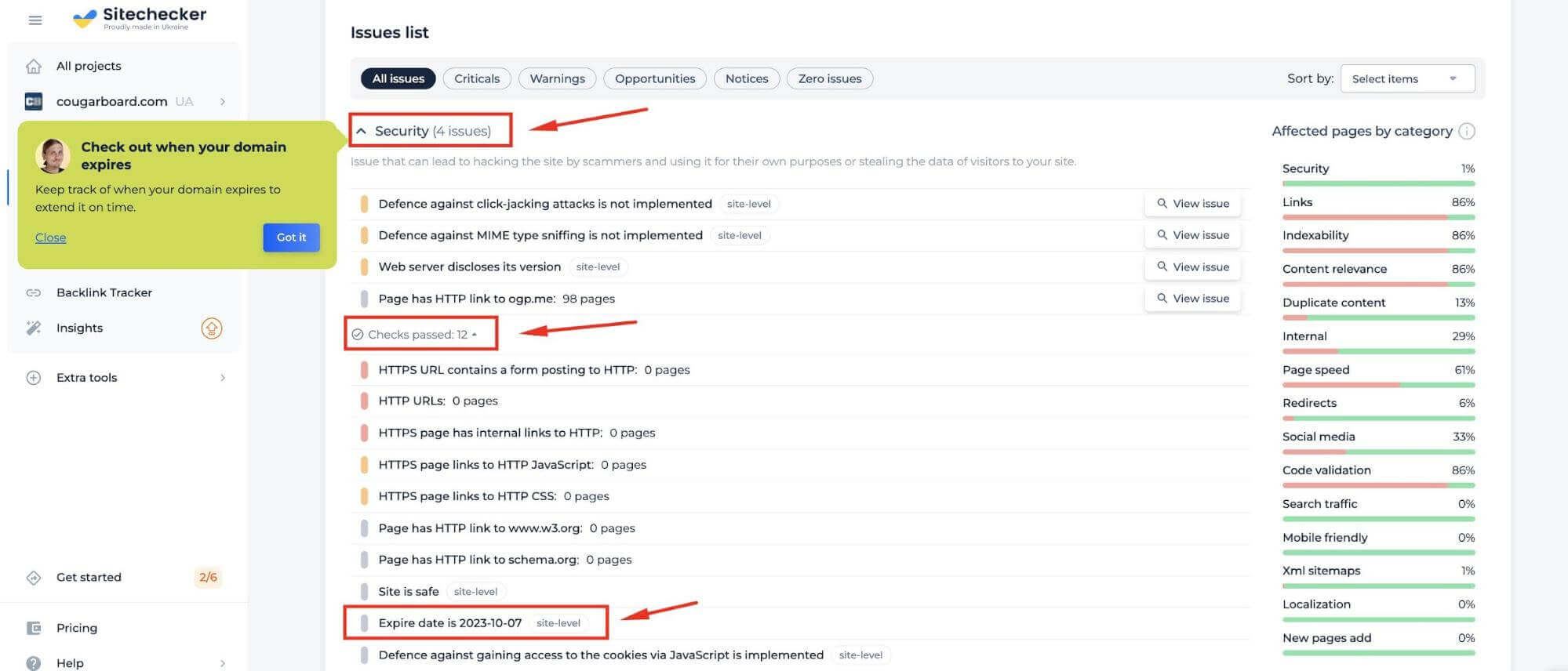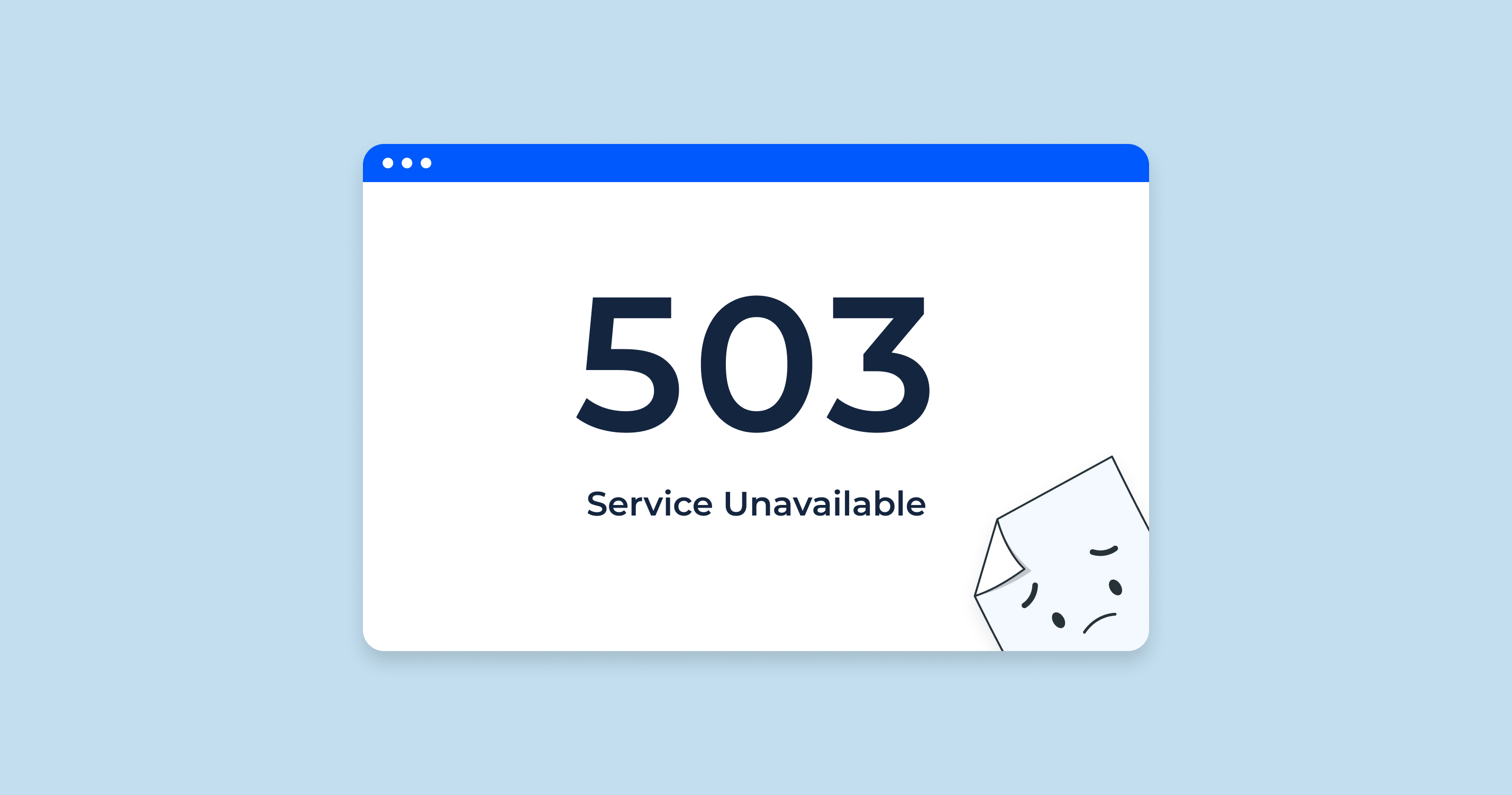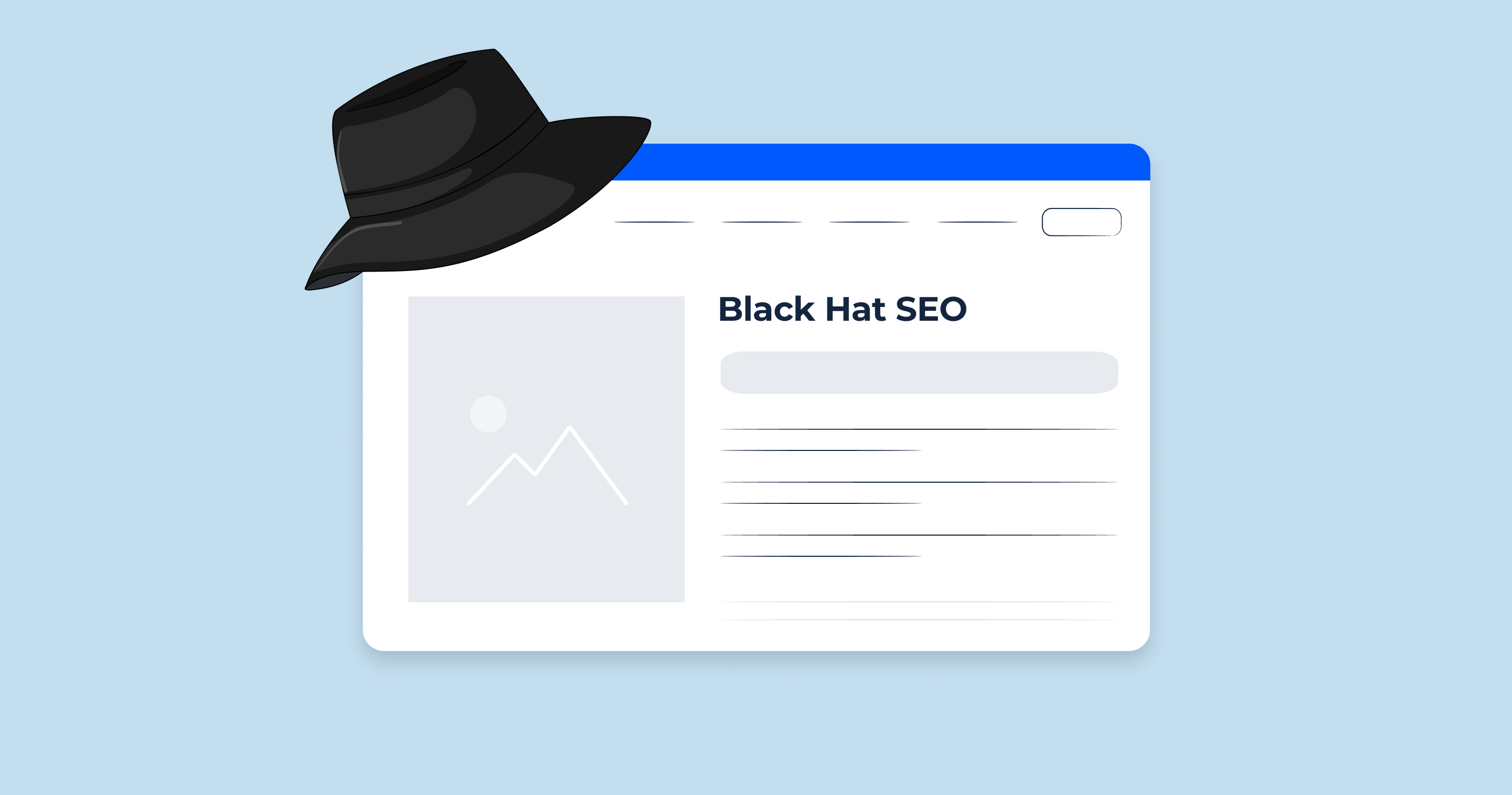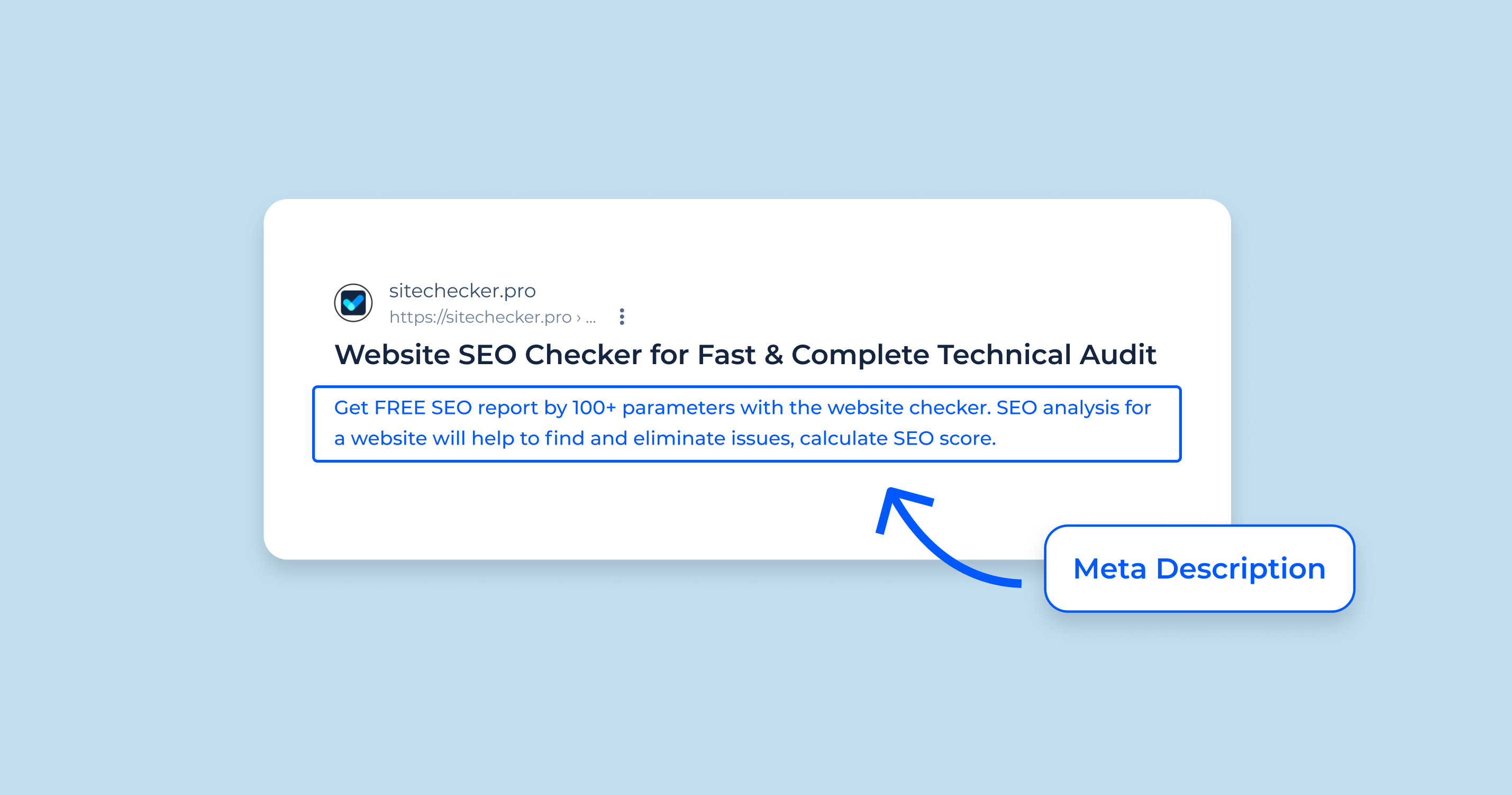What is an Expired Domain Name?
An expired domain name refers to a web address that was previously owned and registered by someone, but for various reasons, was not renewed after the registration period ended. When a domain expires, it goes through several stages before it becomes available for purchase again by the general public.
Why Do Domains Expire? Domains can expire for various reasons:
- Inadvertent Neglect: The most common reason is the owner simply forgets to renew the domain. This can happen if the owner no longer needs the website, if they’ve lost interest in the project, or even if they missed the renewal notifications.
- Financial Constraints: At times, domain owners might be facing financial hardships and decide not to renew a domain as it becomes an unnecessary expense.
- Change in Brand or Business Direction: A business might decide to rebrand or shift its focus, leading to the decision to let certain domains expire.
Life Cycle of an Expired Domain: Once a domain expires, it doesn’t immediately become available for purchase. It goes through several stages:
- Grace Period: After expiration, domain registrars usually offer a grace period, typically 30 days, during which the original owner can renew the domain at the usual rate.
- Redemption Period: If not renewed during the grace period, the domain enters the redemption phase. During this time, the original owner can still reclaim the domain, but often at a higher fee. This period can last anywhere from 30 to 90 days.
- Deletion: If the domain is still not renewed during the redemption phase, it will be queued for deletion from the domain registry.
- Availability: Post deletion, the domain becomes available to the general public. It can be registered by anyone on a first-come, first-served basis.
Expired Domains – A Goldmine or a Landmine? Expired domains can be both an opportunity and a risk. On one hand, they might come with a history, existing traffic and backlinks, and a potential SEO advantage. On the other hand, they might carry penalties or a negative reputation from their previous usage. It’s crucial to understand and vet an expired domain thoroughly before considering a purchase, a topic that will be delved into in later sections.
To avoid losing your domain, setting up Domain Expiration Monitoring is essential. This tool will alert you before your domain approaches its expiration date, ensuring you never miss a renewal and prevent potential SEO setbacks or brand disruptions.
The Value of an Expired Domain
Expired domains are more than just previously owned web addresses. For many digital marketers, entrepreneurs, and webmasters, these domains represent invaluable assets. The potential value of an expired domain is tied to several factors, with the domain’s history playing a significant role. Here, we’ll delve into two of the most crucial elements that often dictate the worth of an expired domain: its backlink profile and the presence of keywords in the domain name itself.
Backlinks
Backlinks, or inbound links, are links that direct towards your website from other external web pages. In the context of expired domains, the number and quality of these backlinks can be a significant determinant of the domain’s value.
- SEO Advantage: One of the foundational pillars of search engine optimization (SEO) is backlinks. Search engines, like Google, view these links as votes of confidence in a site. A domain with a rich portfolio of high-quality backlinks can give a new site a head start in rankings.
- Referral Traffic: Apart from the SEO perspective, backlinks can also bring in direct traffic. If the expired domain had links from popular websites, those could translate to a steady stream of visitors to the new site.
- Authority and Trust: Domains with backlinks from authoritative sites in their industry can inherit a degree of this authority. This trust can aid in faster indexing and better credibility with search engines.
However, it’s crucial to note that not all backlinks are beneficial. If the expired domain was previously involved in dubious SEO practices or linked to from spammy websites, it might have accumulated harmful backlinks. These can be detrimental and might even lead to penalties by search engines.
Keyword in the domain name
Having a keyword in the domain name, often referred to as an Exact Match Domain (EMD), can have its set of advantages:
- Relevance and User Expectation: A domain name that includes a keyword can set clear expectations for visitors. For instance, “BestLaptops.com” instantly conveys the site’s content focus.
- Improved Click-Through Rates (CTR): Keywords in domain names can result in higher CTRs from search results. Users are more likely to click on URLs that match their search queries.
- Potential SEO Boost: In the past, EMDs held significant weight in search rankings. While the influence of EMDs on SEO has diminished over the years due to algorithm updates, they can still provide a slight edge, especially if the content of the site is highly relevant to the domain name.
- Branding: A keyword-rich domain can be easier to remember and can offer branding advantages, especially if it aligns well with the business or website’s primary focus.
That being said, relying solely on the keyword in a domain name for SEO benefits is not a sustainable strategy. The content, user experience, and various other factors play a much more significant role in modern SEO.
How Do You Buy an Expired Domain Name?
Purchasing an expired domain isn’t as straightforward as buying a new one. The process requires a keen understanding of the domain’s life cycle and knowing where and when to make your purchase. Here’s a step-by-step guide on how to buy an expired domain name:
- Research and Identify Potential Domains:
- Use domain research tools or platforms like ExpiredDomains.net, DomainTools, or NameJet to find a list of expired domains that suit your criteria.
- Filter your choices based on factors like domain age, backlink profile, domain authority, and past website history.
- Check Domain Availability:
- Domains in the ‘grace period’ or ‘redemption phase’ might still be renewed by the original owner. It’s essential to ensure that the domain has moved past these stages and is genuinely available for purchase.
- Inspect the Domain’s History:
- Utilize tools like Wayback Machine to view the historical content of the domain. This can give insights into how the domain was previously used.
- Analyze the backlink profile using tools like SEMrush or Ahrefs. Ensure the domain hasn’t been involved in spammy practices or black-hat SEO.
- Check for Any Penalties:
- Make sure the domain isn’t penalized by search engines. You can use Google’s Manual Actions report to verify this.
- Participate in Domain Auctions:
- Many high-quality expired domains end up in auctions. Platforms like GoDaddy Auctions, DropCatch, and NameJet allow users to bid on expired domains.
- Register on these platforms, search for your desired domain, and place your bid. If you’re the highest bidder when the auction ends, you’ll win the domain.
- Use a Domain Backorder Service:
- If you’ve set your sights on a particular domain that’s still in the redemption phase, you can use a backorder service. These services will attempt to register the domain on your behalf the moment it becomes available.
- Popular domain backorder services include GoDaddy’s Domain Backorders and NameJet’s Backorder Service.
- Complete the Purchase:
- Once you’ve won an auction or successfully backordered a domain, you’ll be guided through the payment process by the platform or service you’re using.
- After payment, the domain will be transferred to your account, and you’ll have full control over it.
- Ensure Safe and Prompt Transfer:
- Transfer the domain to your preferred domain registrar if necessary.
- Update the domain’s nameservers to point to your hosting provider.
Can an Expired Domain Name be Bought?
Yes, an expired domain name can be bought. However, the process isn’t always straightforward, and there are various stages an expired domain goes through before it becomes available for public purchase. Here’s a breakdown of the process:
- Expiration: When a domain registration period ends, and the domain owner fails to renew it, the domain is considered expired. However, this doesn’t mean it’s immediately available for purchase.
- Grace Period: After a domain expires, most registrars provide a grace period (usually around 30 days, but it can vary). During this time, the original domain owner can renew the domain at the standard renewal price. The website and email services associated with the domain may be interrupted, but the owner won’t lose the domain.
- Redemption Period: If the domain is not renewed during the grace period, it enters a redemption phase. This period lasts about 30 to 90 days, depending on the registrar. During the redemption phase, the original owner can still retrieve the domain, but it typically involves a higher fee than the standard renewal rate.
- Pending Delete Phase: Post-redemption, if the domain is still not claimed, it enters a “Pending Delete” status. This phase usually lasts for about five days, and the domain is queued for deletion from the domain registry.
- Public Availability: After the Pending Delete phase, the domain is released and becomes available for registration by the general public. At this point, anyone can buy the expired domain on a first-come, first-served basis.
- Domain Auctions: Notably, many desirable expired domains don’t make it to the public availability phase directly. Registrars or third-party platforms might auction them off due to their perceived value. Interested buyers can place bids, and the highest bidder at the end of the auction secures the domain.
- Backordering: If you’re interested in a specific domain that hasn’t yet reached public availability, you can use a backorder service. These services attempt to register the domain on your behalf as soon as it becomes available. However, there’s no guarantee of success, especially if multiple parties are interested in the same domain.
In summary, while expired domains can indeed be bought, timing and knowledge of the domain’s life cycle are crucial. The process might require patience, especially if the domain is in high demand, but with diligence and the right tools, securing an expired domain is entirely feasible.
Should I Buy an Expired Domain Name?
Purchasing an expired domain name can offer various advantages, such as a head start in search rankings due to existing backlinks or tapping into an existing audience. However, there are also potential pitfalls that one must consider. The decision to buy an expired domain should be based on thorough research and evaluation. Let’s explore both the pros and cons:
Pros of Buying an Expired Domain:
- SEO Benefits: An expired domain with a robust backlink profile can give a boost in search engine rankings. It can save time and effort that would have been spent building those links from scratch.
- Domain Authority: Established domains often come with a certain level of domain authority, which can help in gaining trust with search engines faster.
- Branding and Recognition: If the expired domain was a well-known brand or entity, leveraging its recognition can be beneficial.
- Direct Traffic: If the domain had significant traffic before expiration, it could continue to receive residual traffic, giving the new domain owner a head start.
Cons of Buying an Expired Domain:
Expired domains can increase your bounce rate
A bounce rate represents the percentage of visitors who enter a site and then leave (“bounce”) rather than continuing to view other pages. If the previous content of the expired domain doesn’t align with the new content, visitors might leave quickly, resulting in a high bounce rate. For instance:
- Mismatched Expectations: Visitors accessing the domain expecting the old content might be disappointed if they find unrelated or vastly different content.
- Branding Confusion: If the domain was previously associated with a particular niche or industry, rebranding it into something entirely different can confuse visitors, leading them to leave the site.
Expired domains can earn penalties for spammy backlinks
While a strong backlink profile is a plus, not all backlinks are beneficial. Here’s why:
- Spammy Links: If the previous owner indulged in black-hat SEO practices, the domain might have numerous low-quality, spammy backlinks.
- Search Engine Penalties: Google and other search engines penalize sites with unnatural backlink profiles. If the domain was penalized due to its previous owner’s actions, lifting that penalty can be a challenging process.
- Reputation Management: Alongside potential SEO penalties, a domain with a tainted reputation can harm your brand. Visitors might associate your content or business with the domain’s previous activities, even if they were not your doing.
Conclusion:
Buying an expired domain can offer shortcuts to digital success, but it’s not without risks. Thorough vetting is essential. Review the domain’s history, its backlink profile, and any potential penalties it might have incurred. Ensure that the expired domain names still aligns with your objectives and that you’re not inheriting a digital liability. If all checks out and aligns with your goals, an expired domain can indeed be a valuable asset.
How to Vet an Expired Domain
Before investing in an expired domain, it’s crucial to conduct thorough due diligence to ensure you’re making a sound decision and not inheriting any unforeseen problems. Here’s a comprehensive guide on how to vet an expired domain:
- Check Domain History:
- Wayback Machine: Use the Wayback Machine to view archived versions of the domain’s content. This can give you a good idea of how the domain was used in the past.
- Domain Age: Older domains are often seen as more authoritative, but ensure it hasn’t been repurposed multiple times for different, unrelated content.
- Review Backlink Profile:
- Use tools like Ahrefs, SEMrush, or Majestic to analyze the domain’s backlink profile.
- Look for links from authoritative sites in the domain’s industry.
- Avoid domains with a large number of low-quality, spammy backlinks or those that seem to have used black-hat SEO tactics, like link farms.
- Inspect Domain Metrics:
- Examine metrics like Domain Authority (DA), Page Authority (PA), Citation Flow (CF), and Trust Flow (TF) to gauge the domain’s reputation and quality.
- Remember that while these metrics can provide insights, they shouldn’t be the sole deciding factor.
- Check for Google Penalties:
- Search for the domain in Google. If it doesn’t show up, it might be a sign of a penalty or de-indexing.
- Use Google’s Manual Actions report in the Search Console to see if the domain has any penalties.
- Assess Domain Reputation:
- Use tools like MXToolbox to see if the domain is blacklisted, which can be a sign of past involvement in spammy email practices.
- Check for negative mentions or reviews associated with the domain name on search engines and social media.
- Verify Traffic Data:
- Platforms like SEMrush or SimilarWeb can provide insights into the domain’s traffic history. This can be useful to gauge its popularity and user engagement.
- Assess Domain’s SEO History:
- Check if the domain has existing organic keyword rankings or if it has historically ranked for any keywords.
- Investigate any sudden drops in traffic, which might indicate penalties or other issues.
- Review Domain’s Monetization History:
- Check if the domain was previously associated with aggressive monetization tactics, such as excessive ads or affiliate links. This could impact user trust and experience.
- Evaluate Domain Name Itself:
- Ensure the domain name is relevant to your intended use.
- Avoid domain names with trademarks to prevent legal issues.
- Check for a clear, concise, and memorable domain name without hyphens or numbers, which can be perceived as less trustworthy.
-
Perform Legal Checks:
- Ensure the domain wasn’t involved in any legal disputes or has trademark issues.
- Websites like USPTO can help check for potential trademark conflicts in the U.S.
In conclusion, while expired domains offer potential advantages, they can also come with hidden pitfalls. By thoroughly vetting a domain using the steps above, you can minimize risks and make an informed investment decision.
Find Expired Domains
Finding expired domains can offer a plethora of opportunities, from tapping into an existing backlink profile to securing a memorable domain name for a new project. Here’s a guide on how to locate and secure these digital treasures:
- Dedicated Marketplaces and Auctions:
- GoDaddy Auctions: One of the most popular platforms for buying expired domain names through auctions, GoDaddy features a vast number of expired domains.
- NameJet: Offers a combination of both expiring domains and deleted domains.
- SnapNames: Specializes in snapping up new domains at the instant they become available.
- Expired Domain Search Tools:
- Expireddomains.net: A comprehensive database of expired and soon-to-expire domain names. It provides a myriad of filters, like backlink counts, domain age, and keyword search.
- FreshDrop: Gathers expired domains from multiple sources and offers extensive filtering options.
- Backorder Services:
- Domain Backorders by GoDaddy: Allows you to order a domain that’s currently registered. If the current registration expires, GoDaddy will attempt to secure it for you.
- NameJet Backorders: NameJet also offers a backordering service to help capture desired domains as soon as they’re available.
- Domain Brokers:
- Some brokers specialize in acquiring expired domains. If you’re looking for a particular domain or need expertise in acquiring high-value domains, a broker might be the best route.
- Domain Forums and Communities:
- Platforms like NamePros have marketplace sections where users list expired domains for sale or trade.
- Public Domain Drop Lists:
- Some websites and forums publish daily or weekly lists of domains that are about to expire or have recently dropped.
- Monitor Websites:
- If you’ve come across websites that seem abandoned or show signs of being neglected (e.g., outdated content, broken links), they might be candidates for expiration. Tools like Domain Monitoring by DomainTools can alert you when these domains become available.
When you’ve identified potential expired domains, remember to vet them thoroughly, as previously discussed. Ensuring they’re free from penalties, have a clean history, and align with your goals is crucial. With the right tools and strategies, finding and leveraging expired domains can be a valuable asset in your digital endeavors.
Expired Domains in Search Engine Optimization (SEO)
Utilizing expired domains in SEO strategies is a technique many marketers employ to gain a competitive edge. When done right, this method can offer various benefits. However, it’s essential to approach it with caution and understanding. Here’s an in-depth look at the role of expired domains in SEO:
The Allure of Expired Domains:
- Ready-made Backlink Profile: Expired domains often come with an existing backlink profile. If these backlinks are from reputable sources, they can potentially boost the expiring domain name’s authority.
- Domain Age: Older domains are sometimes perceived as more trustworthy by search engines, which might lend a slight ranking advantage.
- Keyword Relevance: Some expired domains might be keyword-rich, aligning with specific niches or industries, making them potentially valuable for targeted SEO campaigns.
- Residual Traffic: If the domain was previously a well-known website, it might still attract organic traffic, which can be leveraged or redirected.
Potential Pitfalls:
- Negative SEO Baggage: An expired domain may have been penalized by search engines due to dubious SEO practices in the past. Acquiring such a domain might harm your SEO efforts.
- Irrelevant Backlink Profile: If the domain’s backlinks are from unrelated niches or industries, they might not offer much value and could even be detrimental.
- Renewal Costs: Keeping an expired domain active involves renewal fees, which can add up, especially if the domain is premium or highly sought-after.
Strategies for Using Expired Domains in SEO:
- 301 Redirects: One common method is to redirect the expired domain to your primary website, passing on potential link equity. This is most effective when the expired domain’s content and niche closely match your site’s.
- Rebuilding the Site: Instead of redirecting, some choose to rebuild a site on the expired domain, especially if it had valuable content or a loyal audience in the past.
- PBN (Private Blog Network): Though a controversial and risky strategy, some SEOs use expired domains to build private blog networks, aiming to boost their main site’s authority. This strategy can be effective but is prone to penalties if detected by search engines.
Essential Precautions:
- Thorough Research: Before acquiring an expired domain, it’s crucial to conduct thorough research. Check its backlink profile, look for any penalties, and ensure it’s relevant to your niche.
- Avoid Over-reliance: While buying expired domains often can be a valuable asset, relying solely on them for SEO can be risky. Diversify your SEO strategies to ensure long-term success.
- Stay Updated: Search engine algorithms constantly evolve. What works today might not work tomorrow. It’s vital to stay updated with the latest SEO trends and adjust your strategies accordingly.
In conclusion, while expired domains present promising opportunities in the SEO realm, they come with their own set of challenges. A well-informed, strategic approach is crucial to harness their potential without falling into potential pitfalls.
Find Domain Expiration Date with Domain Expiry Checker
The Domain Expiry Checker from SiteChecker is an essential utility for domain owners and web managers who need to keep a vigilant eye on their domain status. With the simplicity of entering a domain name, the tool provides immediate information on the domain’s expiry date, preventing the risks associated with a domain unexpectedly lapsing. This proactive approach is crucial for maintaining continuous online presence and avoiding service interruption.

Apart from the basic expiration tracking, the tool offers additional features such as alert notifications for upcoming renewals, providing an extra layer of security against losing a domain. It also supplies historical domain data, which can be valuable for those interested in purchasing expired domains or monitoring competitors’ domain statuses. The Domain Expiry Checker is a straightforward yet powerful resource for effective domain management and strategic planning.
Monitor Your Domain Status!
Ensure it stays yours with our easy-to-use Domain Expiry Checker.
Conclusion
Navigating the intricate world of expired domains in SEO requires both tact and foresight. These domains, with their established backlinks and potential relevance, can be game-changers for digital marketers. However, they also come with a past that can either be an asset or a hindrance. The key lies in thorough research, understanding the nuances of the domain’s history, and aligning its potential with one’s overall SEO strategy. While the allure of a quick boost in rankings is tempting, a long-term perspective centered on genuine value and relevance will always yield the most sustainable results in the ever-evolving landscape of search engine optimization.









